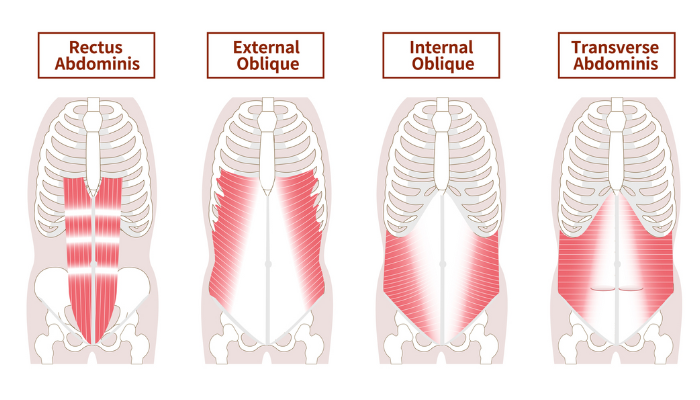The Pilates roll up is one of those sneaky strength moves. It looks simple and straightforward — you’re sitting up and lying back down. But when executed with proper form and mechanics, this foundational exercise will humble even the most advanced Pilates student.
“While it is considered a staple, it is not a beginner exercise,” says Lauren George, certified Pilates instructor and founder of Lauren George Fitness. “You can modify it to be beginner-friendly, for sure. But it’s definitely challenging.”
However, the benefits are worth the effort. If you want a strong, stable core, improved spinal flexibility, and a sculpted midsection, the Pilates roll up exercise belongs in your fitness routine.
To help you get the most out of the ab roll up, we’ve included step-by-step instructions, expert-backed tips, and modifications for everyone from the fitness newbie to the Pilates pro.
So, grab your mat and get ready to fire up your core with the Pilates roll up!
Pilates Roll Up: Step-by-Step Instructions
Proper form and mechanics will ensure that you’re maximizing the benefits of the roll up exercise while avoiding injury. Here are a few pointers to keep in mind.
- Move slowly enough to articulate each individual vertebra. “Imagine that you’re putting down a strand of pearls, and you want to put it down one pearl at a time,” George says. The same goes for rolling back up to a seated position; think about lifting one pearl at a time.
- If you’re throwing your arms forward or finding that your feet lift off the floor as you roll up, you’re probably relying too much on momentum and not properly engaging your core.
- Lifting the arms overhead and to the floor requires significant shoulder mobility and core strength. If you notice that your rib cage flares out as you roll down, raise your arms to chest height or just slightly overhead.
Benefits of the Pilates Roll Up
The roll up exercise offers a myriad of benefits for practitioners of all abilities and levels of experience. Here are some reasons why it’s worth incorporating into your workouts.
1. Strengthens the core

The roll up engages the superficial and deep core muscles, which are critical to good posture and help support and stabilize the body as it moves. But, George clarifies, proper form is critical.
“To get the most out of it, especially for the deep core muscles, it’s important to roll up and to roll down with control versus speed,” she says.
2. Improves spinal mobility
Because the roll up moves the spine through a wide range of motion, it can help improve and maintain spinal mobility. Being able to move your spine freely without feelings of stiffness or pain can affect everything from your ability to get out of bed to participating in your favorite physical activities.
3. Supports back health

Regularly performing the roll up strengthens the muscles of the lower back. This may help alleviate back pain, prevent injury, and lead to better posture and stability.
4. Adds definition to the midsection
If it’s six-pack abs that you’re after, you’ll definitely want to add the roll-up to your repertoire. The roll-up targets the rectus abdominis, the top layer of abdominal muscles that provides shape and definition to your midsection. “The roll up is above and beyond a basic crunch,” George says.
How to Make the Pilates Roll Up Easier
If you struggle with the standard roll up, there are a few ways to make it easier and more accessible.
Bend your knees
Placing your hands on your hamstrings and using a bit of arm strength to help lift and lower your torso will help you maintain the integrity of the exercise and build core strength.
Use an exercise ball
George recommends placing a small exercise ball between your thighs. “Your inner thighs are connected to your pelvic floor, and when you’re engaging your pelvic floor, it’s going to be easier to engage your abdominal muscles,” she explains.
You can also place a small exercise ball behind your back to offer support and feedback during a half roll up.
Grab a resistance band
Loop one end of a resistance band around an immovable structure, like a bar or a weight rack, and hold the other end as you perform the roll up. “A lot of people think a resistance band is going to make it harder, but in this case, it will assist with the control on the way down and then assist to get back up,” George says.
How to Make the Pilates Roll Up Harder
Looking for a killer core challenge? Here are a few ways to make the roll up even harder.
Hover a leg
From the starting position (seated, legs bent, feet flat on the floor), extend one leg and hover it about a foot above the ground. Keep your leg lifted as you do your roll ups, then complete an equal number of reps with the opposite leg lifted.
Add a set of weights
Perform the roll up as you normally would, but hold a dumbbell in each hand. Keep the weight light at first, and be careful not to use momentum.
The post How to Do a Pilates Roll Up appeared first on BODi.

0 Comments